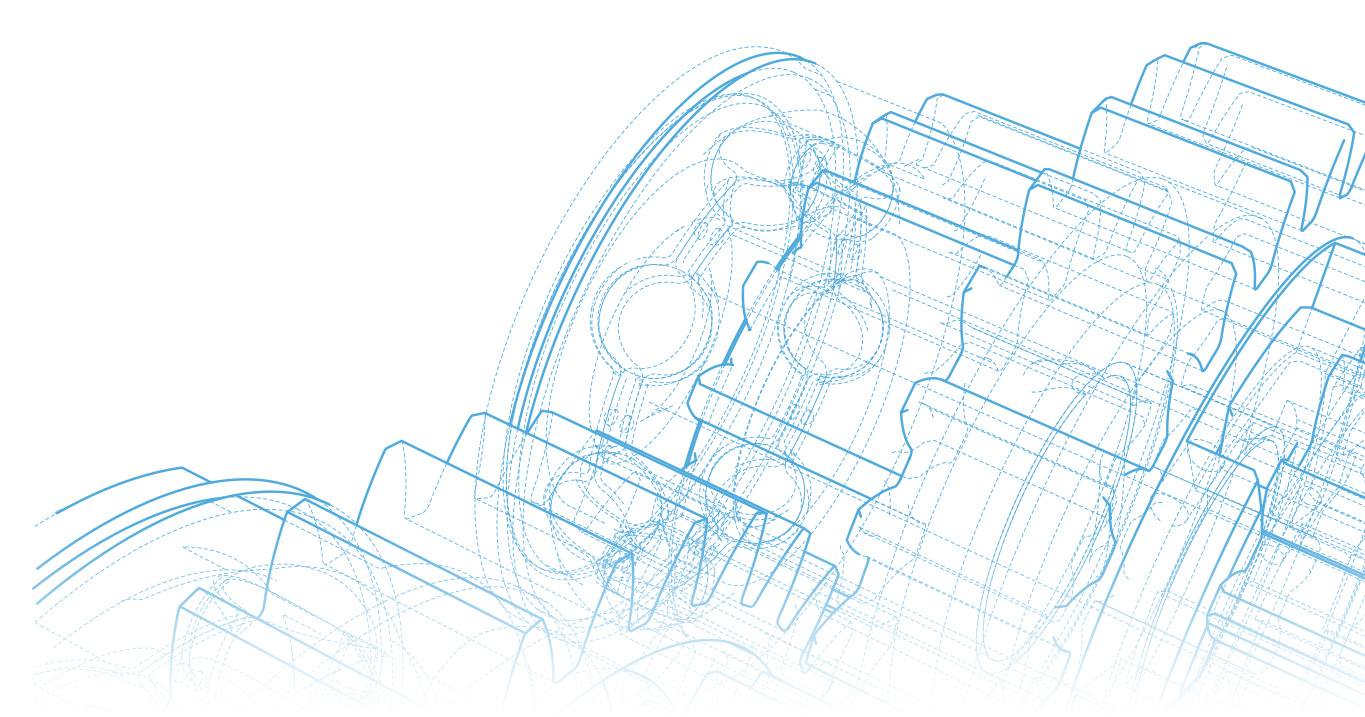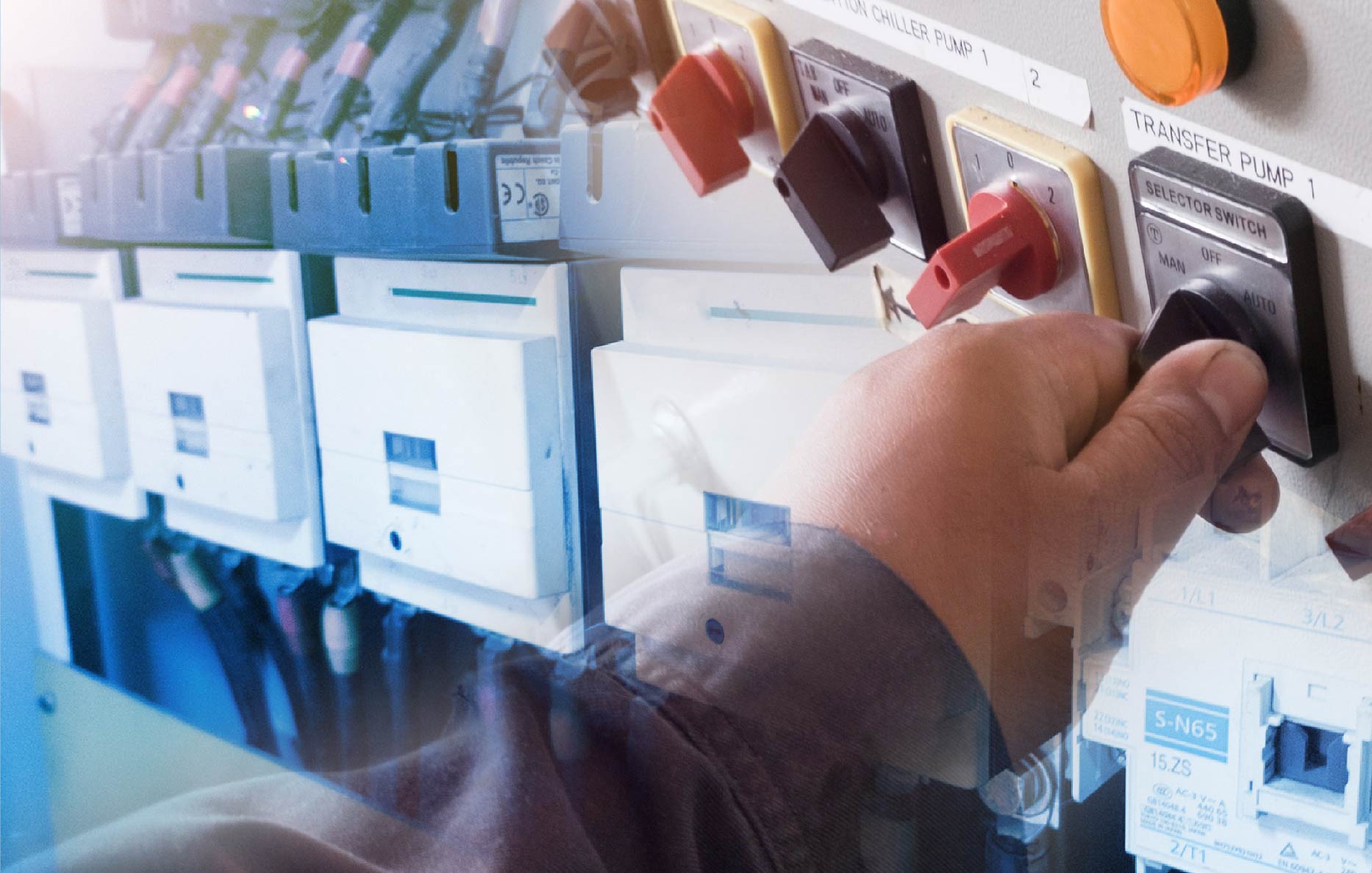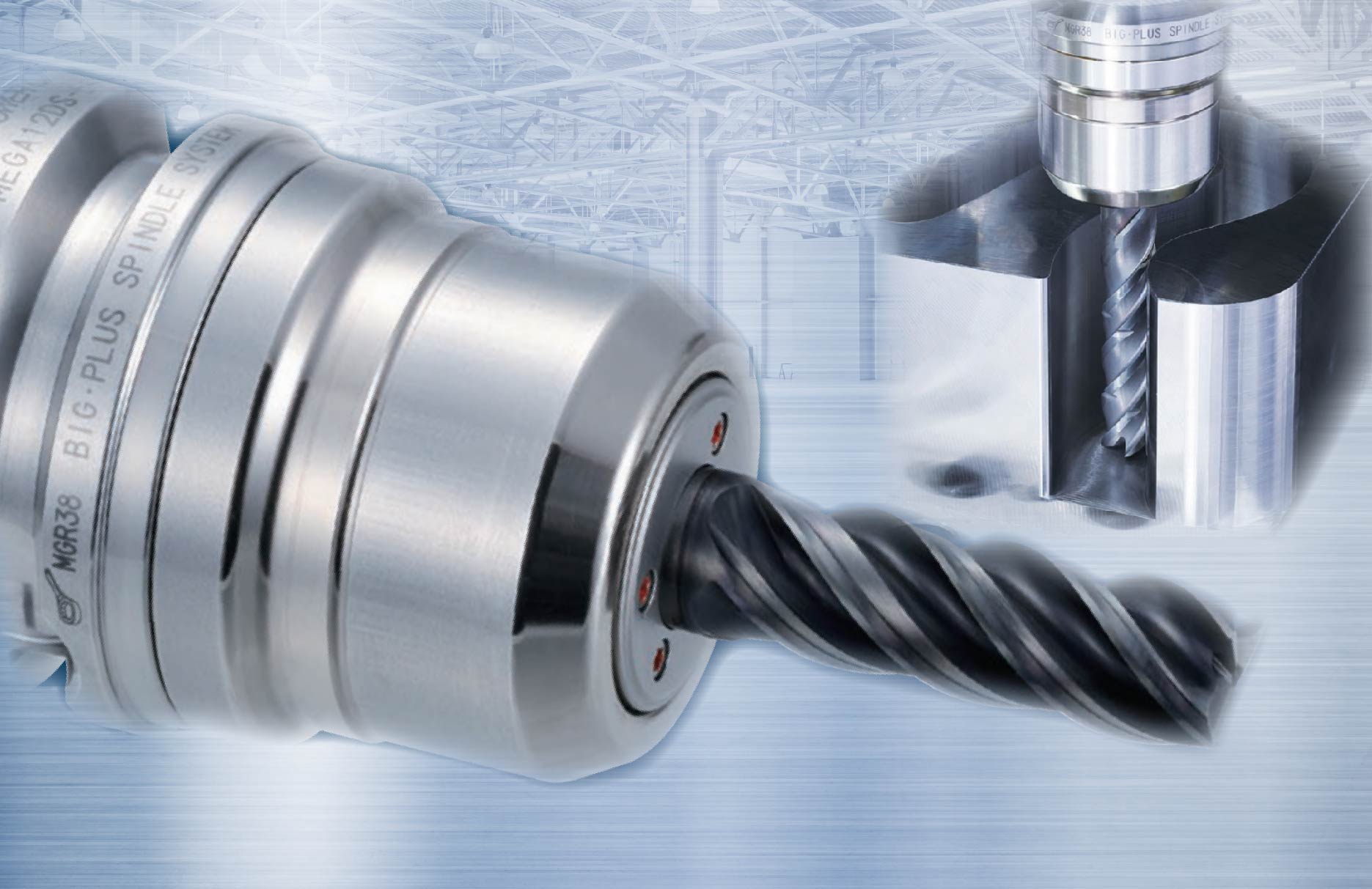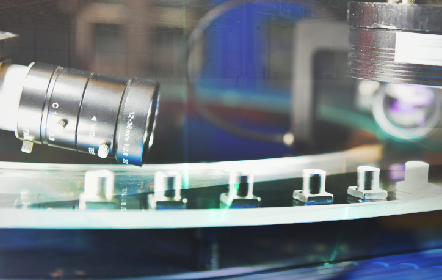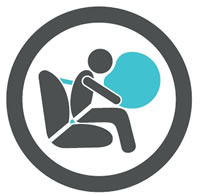 The massive recall of more than three million cars due to defective airbags of the Japanese giant auto makers (Bloomberg-Apr11) has reminded us that the standard for the automotive industry must be at the tip-top condition as it directly concerns passenger safety. What standards apply for this industry? Blue Update would like to introduce you to the ISO/TS 16949 quality management system which is applicable to automotive production and parts suppliers. The ISO/TS 16949 standard comprises eight main clauses.
The massive recall of more than three million cars due to defective airbags of the Japanese giant auto makers (Bloomberg-Apr11) has reminded us that the standard for the automotive industry must be at the tip-top condition as it directly concerns passenger safety. What standards apply for this industry? Blue Update would like to introduce you to the ISO/TS 16949 quality management system which is applicable to automotive production and parts suppliers. The ISO/TS 16949 standard comprises eight main clauses.
The objective of each requirement is to ensure quality management system complies with all relevant requirements, including customer specific requirements.  Let’s take a look in the details of the eight clauses of the ISO/TS 16949:2002. We will find that these clauses are related to each other in their structural functions.
Let’s take a look in the details of the eight clauses of the ISO/TS 16949:2002. We will find that these clauses are related to each other in their structural functions.
Sections 1-3 are general requirements, while sections 4-6 feature the base requirement of the ISO 9000 quality management system. The significant parts of this standard are in sections 7 and 8, which can be summarized as follows.
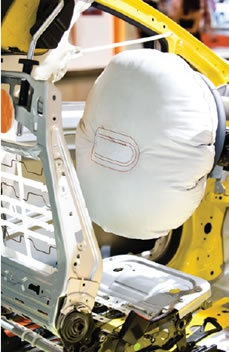 7. Product realization The major content of the standard are in this clause, which comprises of six sub-clauses. Start with the requirement of resource management, design and development that cover product design and manufacturing processes, purchasing and supplier development, product realization, and finally measurement, analysis and improvement.
7. Product realization The major content of the standard are in this clause, which comprises of six sub-clauses. Start with the requirement of resource management, design and development that cover product design and manufacturing processes, purchasing and supplier development, product realization, and finally measurement, analysis and improvement.
8. Measurement, analysis and improvement This detail of the requirements is mainly on measuring all processes of the quality management system that cover customer satisfaction, internal audit, monitoring and measurement of processes, including product and manufacturing process, analysis and use of data, continuous improvement, corrective action and problem solving, mistake proofing, and preventive action. Some companies have implemented and certified the ISO/TS 16949 and their products were sold to customers. With some requirements, such as monitoring and measuring equipment, calibration of equipment, measurement system analysis, or analysis and use of data, we found that even these companies had complete evidence of audit results but they hardly apply them to work. In regard to the certificates of calibration, it is believed that only few organizations really take these calibration data for readjusting their equipment. So it is possible there would be a lot of defects out there before the measurement analysis was finished, thus increasing operating costs. Therefore, companies that immediately transfer these data for analysis (this could help reduce data transfer procedures and minimize errors), allowing everyone in the company to access the data at the same time. Defected goods would be notified to the responsible person once they were observed, allowing just in time decision making, resulting in preventative action. 
Anusorn Tonmueanwai
Chief of Laboratory, Acting Chief – Dimensional Metrology section National Institute of Metrology, Ministry of Science and Technology, Thailand With over 20 years of professional experience in metrology and an invited lecturer at the Faculty of Engineering, King Mongkut’s University of Technology Thonburi

